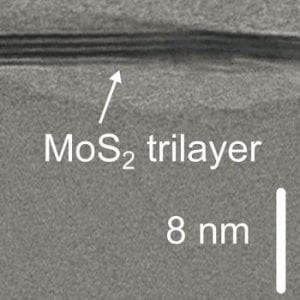Fully integrated electronic systems on flexible substrates would have a wide variety of potential applications leading to a transformative and pervasive technology; from disposable computing devices and sensor systems to paper displays to clandestine listening and communication devices. While thin-film transistor technologies such as printed organic electronics provide the necessary flexibility and high-throughput manufacturing schemes, they are not typically energy-efficient nor offer the device performance necessary for many applications. Conventional silicon technology offers significant computational performance at relatively low power but does not have the necessary high-throughput manufacturing schemes. On the other hand, devices based on 2D materials such as transition metal dichalcogenides (TMDs such as MoS2) have the potential for energy-efficient performance equivalent to conventional semiconductors and can produce unique heterostructures, but are also flexible, strong, and can be fabricated using roll-to-roll (R2R) processes. Recent advances in materials and processing have led to complete R2R processing, using methods such as screen and inkjet printing and spray and slot-die coating, for example.
2D MaterialsThe Vogel group is performing broad-based research related to the synthesis, properties, and applications of 2D materials for flexible electronics.
4D PrintingA revolutionary way of depositing flexible smart materials through additive manufacturing is a process termed “4-D Printing” that uses a multi-material polymer printer to create printed active composites (PACs), which are 3-D printed, with an added fourth dimension being a shape change effect. Current research by the Tentzeris group is devoted to utilizing 4-D printing to achieve partially self-actuated origami/kirigami inspired flexible reconfigurable antennas, resonators, and other RF structures. An Objet Connex 260 (Statasys, Edina, MN, USA) 3-D multi-material polymer printer has been used for the fabrication of a proof-of-concept preliminary flexible prototype. Droplets of a polymer ink are initially deposited at a temperature of around 70ºC and then UV photo-polymerized. Commercial inks TangoBlackPlus and VeroWhite are, currently, the most utilized materials for that purpose. The thermo-mechanical properties of the printed material’s matrix can locally be selected by adjusting the ratio of the two materials. Hinges for origami-type flexible folds are created using a matrix with a higher content of TangoBlackPlus, which employs a lower glass transition temperature than VeroWhite. The printed configuration of the structure, also called the ‘‘permanent’’ state, can be changed to a ‘‘temporary shape’’ by heating the hinges past the associated glass transition temperature and applying a small mechanical force. Once the object is cooled to room temperature, it maintains its ‘‘temporary shape.’’ Reheating the body past the glass transition temperature of the hinges triggers a return to the permanent state. Currently, our team is focusing on coupling this polymer depositing AMT with conductor-depositing AMTs, such as inkjet printing, in order to create fully additively manufactured flexible reconfigurable antennas. Wearable and implantable electronics and sensors can benefit from these ‘‘4-D’’ structures, as they cause only minimal—if any—interference with motion. Other potential applications could also include, among others, health and contamination monitoring, artificial limb control, and exoskeletons. Wireless systems with requirements for arbitrary orientation cognitive radio systems, and real-time reconfigurable wireless systems (e.g., structural health monitoring ‘‘smart skins’’) could also benefit from this technology. Extrusion Coating and Atomic Layer Deposition (ALD)In the electronics field, printing a high-quality target pattern is of high importance. Since inkjet printing is a drop-on-demand approach, a coalescence of the drops can leave defects in the film, such as gaps and non-uniform thickness. The Harris Group has developed an Extrusion On-Demand approach that allows for changing the target pattern to be coated on a surface digitally. Additionally, Georgia Tech faculty are working to develop and implement customized slot-die coating as well as ALD and PECVD barrier films for the encapsulation and hermetic sealing of printed and assembled components.
Center for Organic Photonics and Electronics (COPE) is a premier national research center that creates organic photonic and electronic materials and devices serving the information technology, energy, and defense sectors.
|
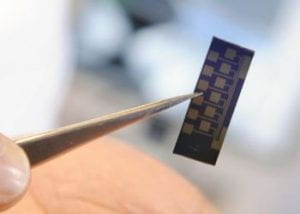 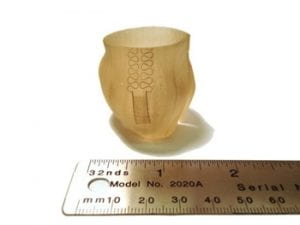 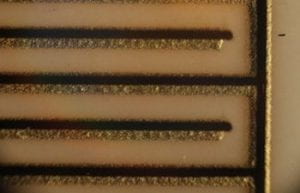 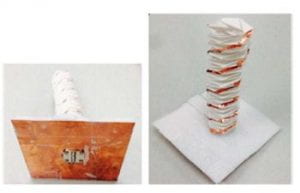 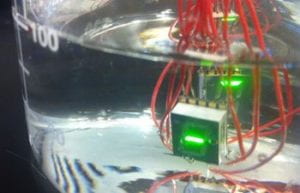 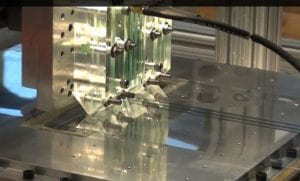
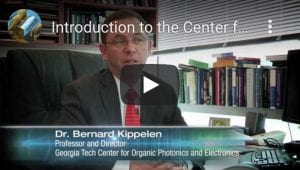
|
Faculty
|
|
|

